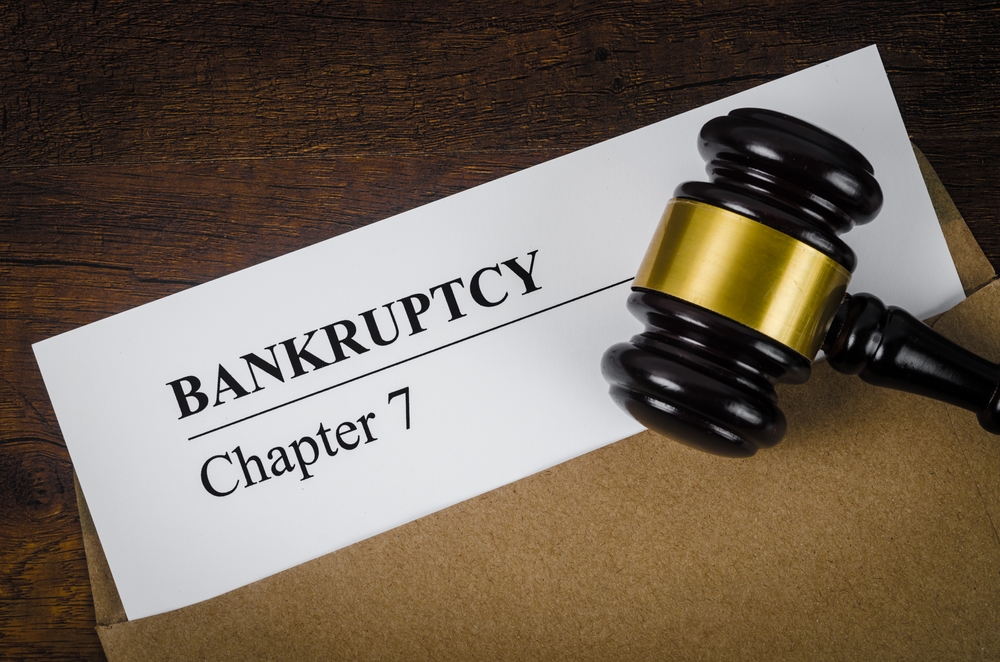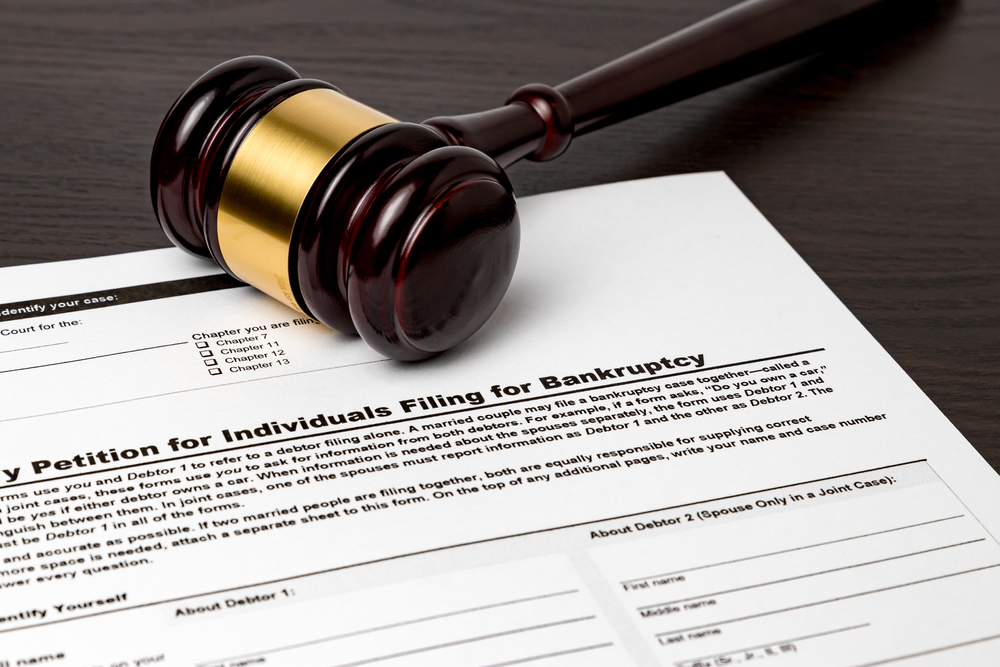





Attorney at Debt Advisors Law Offices
Practice Areas: Chapter 7 Bankruptcy, Chapter 13 Bankruptcy, Stop Foreclosure

The COVID-19 pandemic reshaped nearly every aspect of daily life including the financial system. Between job losses, reduced income, and business closures, thousands of Americans faced serious debt challenges. Lawmakers quickly responded with changes to bankruptcy laws designed to help individuals and small businesses find relief.
This article explores how the pandemic transformed bankruptcy legislation through the CARES Act, Chapter 7 and Chapter 13 adjustments, and what these reforms mean for Wisconsin residents today.
When the Coronavirus Aid, Relief, and Economic Security (CARES) Act was signed into law in March 2020, its main goal was to provide emergency financial support. However, several provisions directly impacted bankruptcy proceedings, making the process more flexible and accessible during the crisis.
One major change was the exclusion of federal stimulus payments from “current monthly income.” This allowed more individuals to qualify for Chapter 7 bankruptcy protection, as those payments no longer counted toward income limits. For Chapter 13 filers, the CARES Act permitted repayment plans to extend from five to seven years, easing pressure on those struggling to meet their existing terms.
The CARES Act also expanded Subchapter V under Chapter 11, simplifying the process for small businesses to reorganize debt while lowering administrative costs.
Congress later extended these relief measures under the COVID-19 Bankruptcy Relief Extension Act of 2021 (Public Law No. 117-5), though most expired in March 2022.
During the pandemic, the U.S. bankruptcy code was temporarily revised to reflect economic reality. For Chapter 7 bankruptcy, income calculations became more forgiving as federal stimulus payments were excluded from means testing. This change opened the door for many who otherwise might not have qualified for debt discharge.
For Chapter 13 bankruptcy, flexibility became the key theme. The CARES Act allowed debtors to extend repayment plans up to seven years, an essential lifeline for families with disrupted income. Courts also became more open to plan modifications, recognizing that sudden job losses or medical expenses often made it impossible to follow the original repayment terms.
Some courts in Wisconsin even allowed temporary payment pauses without immediate dismissal of cases, acknowledging the unpredictable nature of the pandemic’s economic fallout. These adjustments reflected a more compassionate approach to bankruptcy, balancing financial recovery with fairness to creditors.
According to the U.S. Bankruptcy Court for the Eastern District of Wisconsin, filings dropped 21% in 2021 despite financial hardship, largely due to temporary relief programs and payment deferrals.

In Wisconsin, the pandemic’s financial effects were clear. Between 2020 and 2021, unemployment soared, and thousands of residents faced mounting bills. Yet, surprisingly, overall bankruptcy filings decreased because of stimulus programs, eviction moratoriums, and enhanced unemployment benefits.
Milwaukee, Madison, Oshkosh, and Green Bay saw fluctuating bankruptcy numbers, with Chapter 7 filings slowly rising in late 2022 as temporary protections expired. State exemption laws such as the Wisconsin homestead exemption played a crucial role in helping homeowners protect equity during financial hardship.
A Milwaukee bankruptcy attorney familiar with these evolving laws can explain how the pandemic-era policies affect eligibility today and what options remain available for residents seeking a financial reset.
“Bankruptcy filings are often a lagging indicator of economic distress,” notes the American Bankruptcy Institute, meaning the effects of 2020’s shutdowns extended well into subsequent years.
COVID-19’s economic impact went beyond temporary job loss, it redefined how Americans view debt and financial security. In Wisconsin alone, over 114,000 jobs were lost between March 2020 and August 2021. As unemployment rose, so did the number of people exploring bankruptcy as a path to stability.
Enhanced unemployment benefits helped many families stay afloat but also affected means test calculations, since those payments counted as income. For others, mounting medical debt and reduced work hours forced them to consider Chapter 7 or Chapter 13 bankruptcy for the first time.
Another major factor was the nationwide moratorium on evictions and foreclosures. These protections delayed filings by giving homeowners and renters temporary relief, reducing the need for immediate bankruptcy as a defense strategy.

While the CARES Act reforms officially expired in 2022, many experts believe some provisions could become permanent. The success of Subchapter V in streamlining small business bankruptcies and the flexibility of extended Chapter 13 plans have prompted discussions about broader reform.
The U.S. Courts Administrative Office and the National Consumer Law Center continue to evaluate post-pandemic trends. Some courts have even proposed retaining relaxed modification rules for Chapter 13 filers who face long-term income disruption.
|
Year |
Legislation / Policy |
Key Change |
Expiration / Status |
| 2020 | CARES Act (P.L. 116-136) | Excluded stimulus income; allowed 7-year Chapter 13 extensions | March 27, 2022 |
| 2021 | COVID-19 Bankruptcy Relief Extension Act (P.L. 117-5) | Extended CARES Act protections for one year | March 27, 2022 |
| 2022 | Temporary Rule Expirations | End of income exclusions & repayment flexibility | Expired |
| 2023–2025 | Post-Pandemic Adjustments | Courts reviewing permanent reforms | Under discussion |
It excluded stimulus payments from income tests and allowed Chapter 13 repayment plans to extend from five to seven years.
Most expired in 2022, though discussions continue about keeping certain provisions permanently.
Yes. Stimulus checks were excluded, but unemployment benefits were still considered part of monthly income.
They reduced the urgency to file by offering temporary protection from foreclosures and evictions.
It simplified Chapter 11 reorganization for small businesses, reducing costs and streamlining approval.
It showed the importance of emergency savings, flexible repayment plans, and early legal advice during hardship.
The COVID-19 pandemic left a lasting mark on the nation’s financial and legal landscape. By introducing flexible repayment terms, redefining income rules, and expanding bankruptcy access, lawmakers offered crucial relief to families and small businesses in crisis.
While most emergency measures have expired, their influence remains especially in shaping how courts and lawmakers view bankruptcy as a tool for economic recovery. For Wisconsin residents navigating post-pandemic financial challenges, understanding these changes is key to making informed decisions about debt management. If you’re exploring your options or facing financial hardship, reach out to Debt Advisors Law Offices for guidance and a free consultation.

Learn about bankruptcy protections, types of bankruptcy, how to get started, what to expect, and who to trust. Filing bankruptcy is the ONLY way to completely eliminate debt. If bankruptcy is right for you, it offers powerful protections that cannot be achieved through alternative solutions such as hardship relief, loans, or debt settlement.